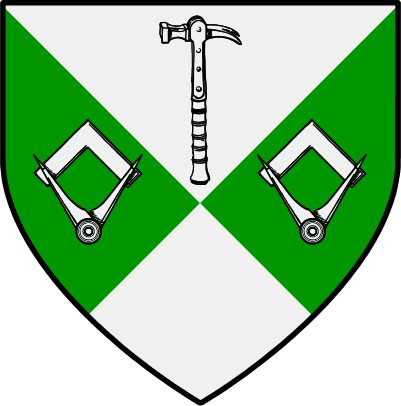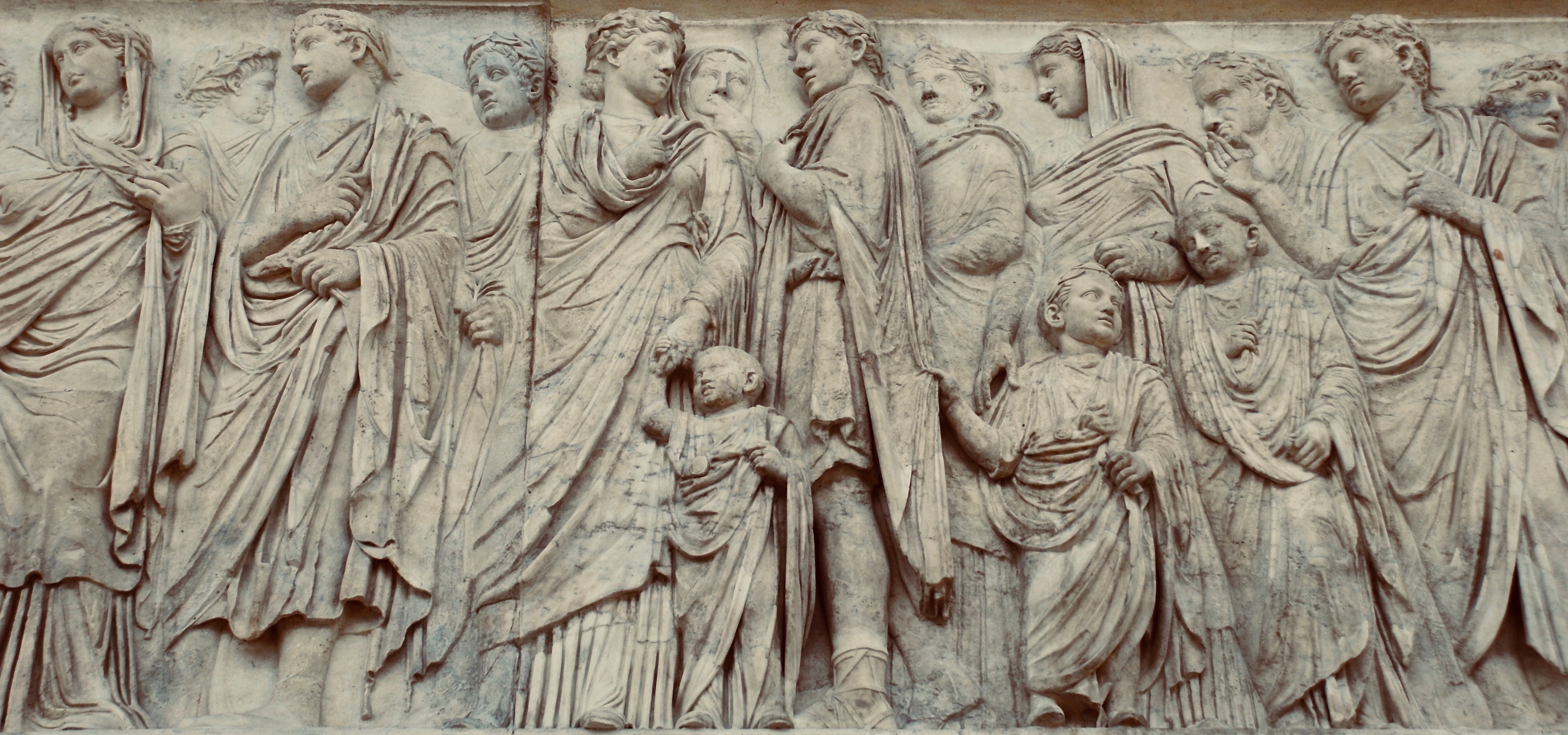Melis Tarcan
One of if not the most outstanding architects and engineers of the Settlement Era, Melis Tarcan’s legacy is apparent to see in two of the most impressive architectural features of the central and south of Turoza, the Tarcan Aqueduct and the Tarcan Roadway. Such was her fame and reputation when she died, that those studying engineering or architecture at the Royal College of Social, Scientific, Historical and Philosophical Studies in Vaháyer study the numerous drawings, writings and the handbook on architecture she produced during her lifetime as a key component of their courses.
Mental characteristics
Personal history
Melis Tarcan began life in 178S.E. in the city of Evlimani on the southern coast of the Sultanate of Fashaddon. She was the only child born to her mother, a seamstress and her father, a small-time shipbuilder. Growing up. Melis was expected to work as soon as she could walk to help supplement the families frugal, but reasonably comfortable income. However, instead of helping her mother in her work repairing clothes and other items of fabric, she always went to work with her father.
Melis’ father ran his own one-man workshop where he predominantly specialised in producing ships and other sea craft. As a Gnome himself, the majority of his work was spent crafting boats for members of sapient species of a similar size to himself, other Gnomes and Halflings on the whole. As Evlimani was, and is the home of the majority of Fashaddon’s navy, Melis’ father would occasionally take on commissions from the Sultan’s Navy, mostly crafting fittings to be assembled as part of larger ships, or building craft such as lifeboats. Melis was fascinated by the process, from the drafting of initial plans and drawing to seeing the final creation that came together at the end of their labours. This experience planted the seed of her future career.
Shortly after her 12th birthday, Melis’ father took her to see the launching of one of Fashaddon’s naval ships at the main military harbour in Evlimani. The ship that she saw slip into the water for the first time, The Oasis Queen, was claimed to be the largest ship sailing the Safir Sea at the time of its launch, and the size and scale of the vessel, astounded the young Gnome. Whilst they were there, Melis spotted a well dressed Human who was accompanying the ceremonial party, and was informed by her father that this man was Serhat Baki, a notable designer of ships and buildings, who was tipped to become the next Rector of the Royal College of Social, Scientific, Historical and Philosophical Studies in Vaháyer. Following this encounter, Melis began obsessively planning how she would gain entry to the Royal College, and achieve her dream of becoming a great designer and architect.
What followed was several years of self-education. Every day, when Melis had finished working with her father, she would retreat to her tiny attic bedroom and study the texts small number of texts that her father had on shipbuilding and design. When these books failed to teach her anything new, she went out and secured extra employment as a housemaid in the house of one of Evlimani’s scholars, in exchange for access to their library. When she finally thought that she was ready, she convinced her mother and father to allow her to make the journey into the interior of the Sonsuz Desert, to sit the Royal College’s entrance exam in the capital Vaháyer. After a long and arduous journey, she arrived in the nick of time and reportedly sat the exam still dressed in her dusty, sand covered travelling clothes. Her dedication, however, paid off and not only was she accepted into the Royal College, but she was awarded a full scholarship in order to attend.
Indeed, she did not return to Evlimani for nearly 10 years. As soon as her entrance exam was marked, the Senior Fellows of the college requested that she begin her studies immediately, so that no further time was lost in developing such a promising mind. During the six years of study undertaken at the Royal College, Melis moved away from her first love of ships and dived into the study and construction of buildings. Her final design piece, submitted as part of her final examination, a flushing toilet system for the Royal College, was deemed to be so ingenious that she was awarded a commission to oversee the installation of her system then and there.
With this money, Melis was able to set herself up in business and began to take all kinds of commissions, as long as they brought her a sense of intellectual challenge. Her first commission for the Sultan took her back to her home town of Evlimani; where she designed a new dry-dock system for the naval shipyards. After the completion of this work, Melis was invited to take part in a competition, originating from the Sultan himself, to devise a way of providing the capital of the Sultanate with more water; for fear that soon the city would be too big to maintain its rapidly growing population. When Melis submitted her design to the Sultan’s Palace, she initially scoffed at by her competitors. Melis was the only one who had designed a system with no integrated magical aspects to it, but instead relied on good old fashioned engineering and ingenuity. Her competitors were quite disappointed to find that this ‘mundane’ design trumped their use of the arcane, and Melis was awarded the commission to construct the Tarcan Aqueduct.
The Aqueduct project catapulted Melis to the forefront of the scholarly stage in the Sultanate, and long before work on the Aqueduct was completed, she was inundated by requests for work from all over the nation. Instead, however, Melis was offered and accepted an exclusive position as Architect & Engineer to the Sultan. This meant that she no longer had to compete or tender for commissions, but was the go to expert for any project that the Sultan wished to be designed and built. During her tenure as Architect & Engineer to the Sultan, Melis also found time to begin to write her great treatise on Architecture, Tarcan’s Guide to Architecture & Design, which is now used throughout Turoza as the core guide for budding engineers and architects.
Melis’ final commission was the Tarcan Roadway, which turned out to be a gruelling project. Over the 22 years it took to complete the project, Melis oversaw the majority of the work herself, partly because the changeable terrain of the Deytet Savannah required constant tweaks and alterations to the original design that she trusted to no one else. Her dedication to the project, however, would prove to be her undoing. Raids from the tribal peoples of The ‘Free States’ constantly beset the project, and it was in one of these raids that a poison arrow struck Melis herself. Although, she survived the initial wound, Melis’ health was gravely undermined by the poison, and after struggling to the end of the 331S.E. her health never recovered sufficiently enough to allow her to work again.
The last two years of her life were spent in a constant state of flux between poor and critical health, but she was able to take her mind off her aliment through the creation of conceptual designs. Sadly, Melis was never able to recover, and she died in 333S.E. As a mark of respect for her lifetime of work and service, black flags were flown from every guard tower of the Tarcan Aqueduct and Tarcan Roadway, and the then Sultan himself and his family attended her funeral and burial. A statue of her at her designing desk marks her burial spot, overlooking the military dock in Evlimani.
Her designs are all kept in the archives of the Royal College, and few of them have actually been physically created, as they were all thought to be hypothetical creations that were never intended for use. In recent years, however, have come under renewed scrutiny and study following the arrival of the Hobgoblins of Korinthos on Turoza’s shores. This is because the designs of the Hobgoblin ships, which are able to traverse the open ocean, as opposed to the coastal bound vessels of Turoza’s nations, bear a striking resemblance to Melis Tarcan’s design concepts for an oceangoing vessel, drawn near the end of her life. Had these drawings been properly studied in the first instance, then it is likely that the Sultanate of Fashaddon would have been able to realise the concept of Ocean-going Vessels, long before Korinthos established itself in Turoza. The secrets held in these ingenious designs are a lasting testament to Melis’ legacy, and may prove to influence the technology of the 6th Century S.E., over two hundred years after her death.
Education
Melis Tarcan often said herself that her education began in her father’s workshop watching and helping him make boats for Fashaddon’s navy and the local fishing trade. It was here that she placed the foundation of her love for design and engineering and it was this love that would steer the rest of her life. An intelligent child and young adult, she did not really have a formal education, but instead studied the material that would be needed for entry to the Vaháyer’s Royal College on her own, with some help from her father and mother when they could spare the time. Her hard work payed off and she was accepted into the prestigious Royal College of Social, Scientific, Historical and Philosophical Studies in Vaháyer with a full scholarship.
Employment
Prior to securing her major commissions, Melis worked on a freelance basis following the completion of her studies at the Royal College. This work ranged from working on civic projects such as street, road and sewer plans, to designing houses and mansions for the upper classes of the Sultanate. Following her securing of the Aqueduct commission, Melis worked exclusively for the Sultan, not only on the Aqueduct and Roadway projects, but also on barrack buildings, ornamental gardens and a minor palace complex in Evlimani.
Accomplishments & Achievements
There are numerous accomplishments and achievements that could be reeled off when talking of Melis Tarcan’s life and work, not the least the fact that she was able to thrive as an architect and engineer in an environment that was male dominant. Nevertheless, her two most well-known and celebrated projects are the Tarcan Aqueduct and the Tarcan Roadway. Both were designed and built with such a intricate level of detail that they have stood the test of time, and both are a proud memento to one of Ulskandar’s most talented architects.
Wealth & Financial state
Growing up, Melis and her family were not rich by any stretch of the imagination, and the same was true during her attendance of the Royal College of Social, Scientific, Historical and Philosophical Studies. The scholarship she was given to attend the Royal College only extended to the provision of bed and food, both of which were very basic, so Melis had to take on additional work in the Gilded Abacus Public House as a barmaid in Vaháyer in order to buy necessary academic resources.
Melis’ fortunes changed, however once she began working, as her obvious skill and talent meant that she attracted a large number of commissions. By the time that she won the competition to design a way of providing water to Vaháyer, she had amassed a reasonable living, and had even managed to buy a house and studio near the Royal College. Her securing of the Aqueduct commission brought with it a huge amount of prize money and her descendants have inherited a sizeable fortune thanks to the efforts and work of Melis.

Species
Life
178 S.E.
333 S.E.
155 years old
Birthplace
Children
Gender
Female
Aligned Organization
Other Affiliations




Comments